CIS 115
Programming for the Web
HTML Versions
- 1995 - HTML 2.0
- 1997 - HTML 3.2
- 1997-98 - HTML 4.0
- 2000 - HTML 4.01
- 2014 - HTML5
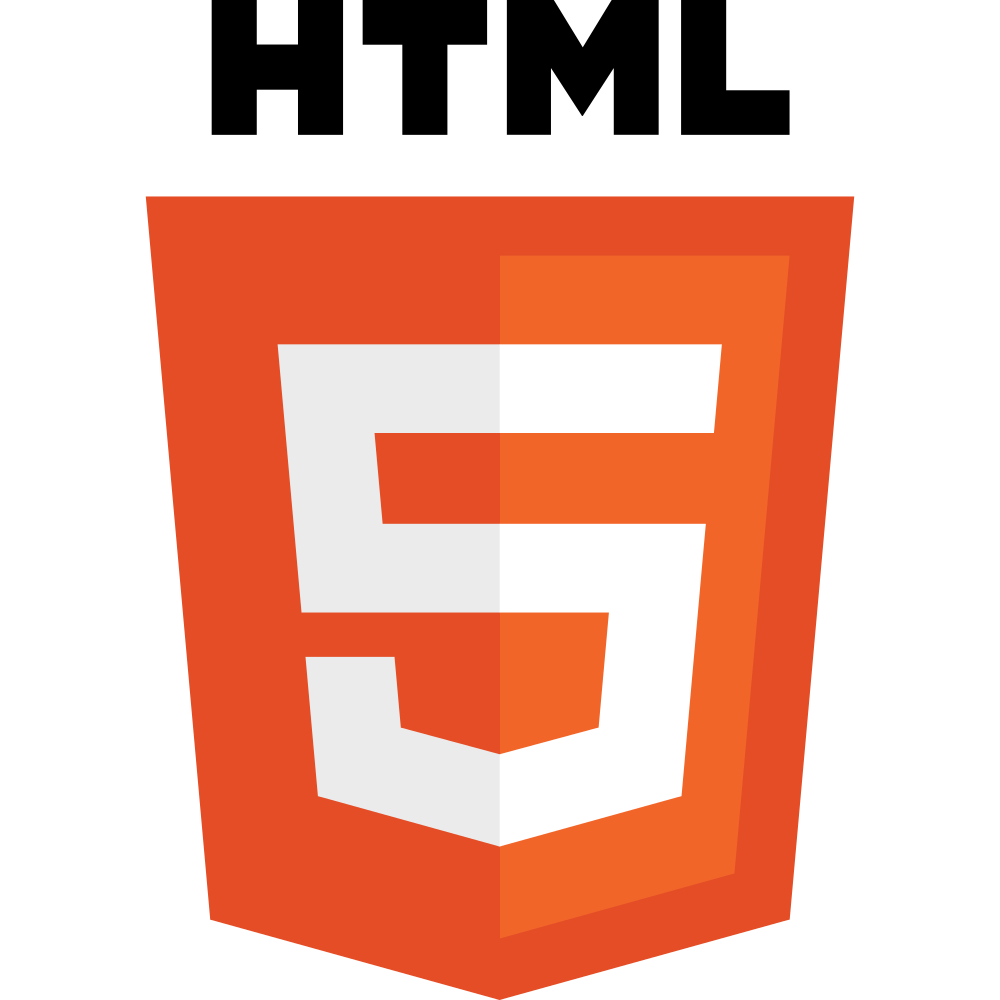
Image Source: Wikipedia
Assignments
- Read and be prepared to discuss:
- Tubes Chapter 4: The Whole Internet
- Topic Research Project! - Due 3/17 10:00 PM
- Blog 4: The Filter Bubble - Due 3/13 10:00 PM
Blog 4: The Filter Bubble
The Filter Bubble (https://en.wikipedia.org/wiki/Filter_bubble) is a phenomenon on the internet where personalized algorithms present users only with information or opinions that match her or his own thoughts. Because of this, internet users can become isolated in their own little worlds, where everything they see and hear agrees with an reinforces their own ideals and belief. For this blog post, we want you to challenge yourself a bit to see exactly what others are seeing. Here's what we'd like you to do:
- Find someone (a friend, family member, roommate, fellow student, etc.) who has different thoughts and opinions than your own. It doesn't have to be purely politically based; they may like different games, movies, websites, books as well.
- Using their personal computer (with their permission and while they are present), browse the web for a little bit. Do a few searches on Google or Amazon, check out the recommended videos on Youtube or Netflix, see what ads are appearing on different sites, etc. If you do this on a shared computer or lab computer, have them log in to a few sites and search around for a bit like they normally would before handing it over to you.
- Then, do the same steps on your own machine or while logged in to your own accounts, and record the differences.
- Bonus - Use private browsing or incognito mode and repeat those steps again. Is it different?
Write about your experiences and what you find. Make sure you reference back to the textbooks and other websites to help you explain why this is happening.
Create your own Website!
Create a webpage that has:
- 2 pages: index & about
- 4 CSS directives
- Various HTML5 elements on each page
- Valid HTML5 - http://validator.w3.org
- Project 5 - Due 10/18
Creating your own Website
- Get a Webserver
- Connect to the Webserver
- Create a Homepage
- Write your HTML
- Save and Visit your Site
Creating your own Website
- Get a Webserver ✓ CIS Linux!
- Connect to the Webserver
- Create a Homepage
- Write your HTML
- Save and Visit your Site
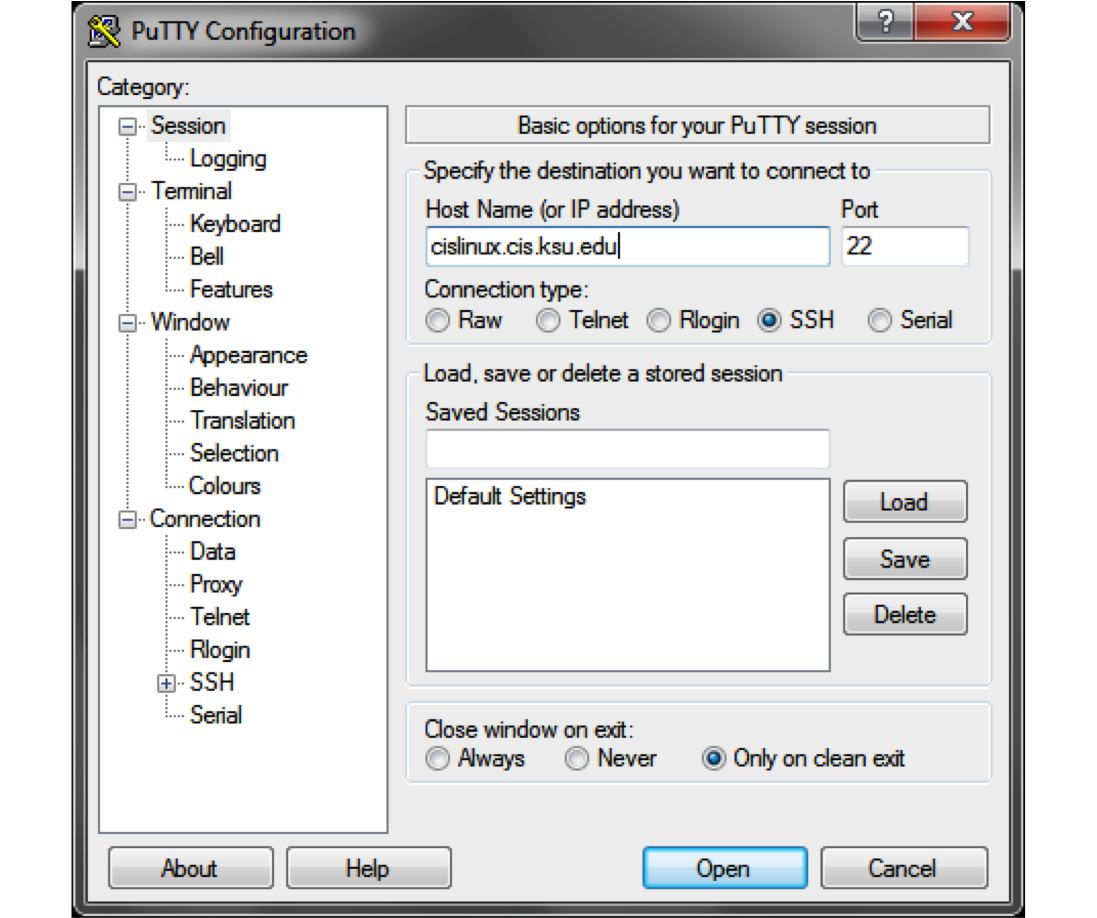
Host Name: cislinux.cis.ksu.edu
Server Security
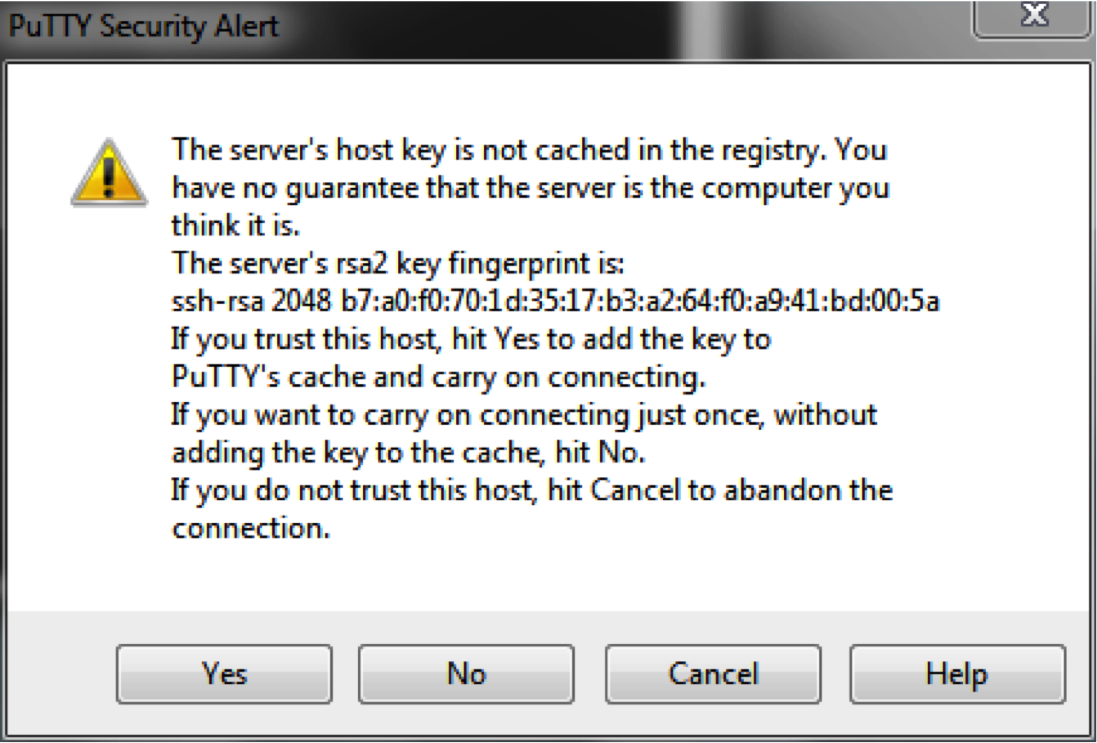
Linux Terminal

Connecting to the Server
Mac/Linux Users - Terminal
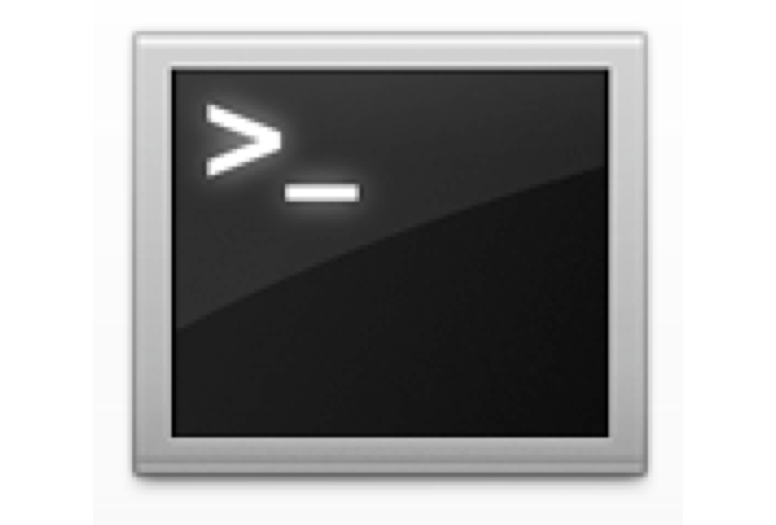
Applications > Utilities > Terminal
SSH on Terminal
ssh <your_eID>@cislinux.cis.ksu.edu
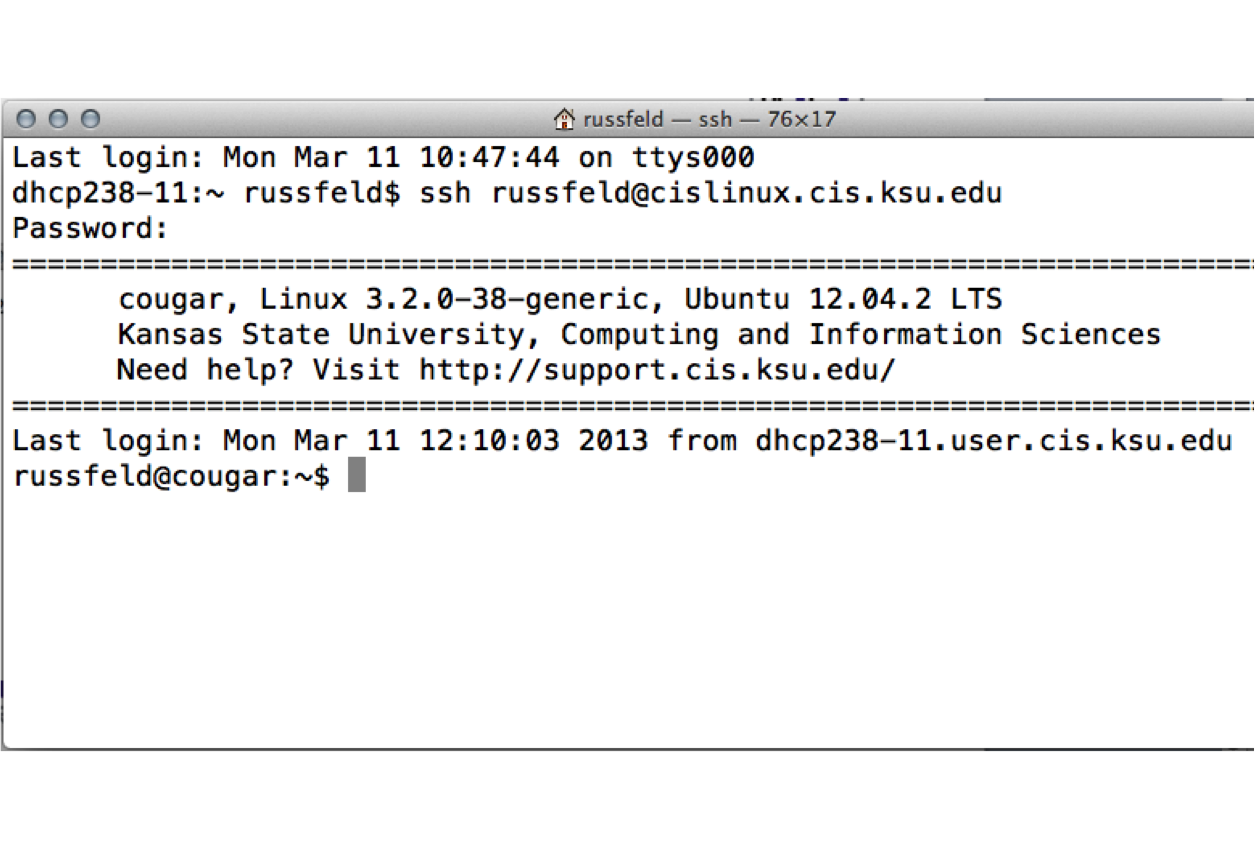
Simple Linux Commands
- pwd - present working directory
- cd <dir> - change directory
- ls - list files in a directory
- mv <src> <dest> - move files
- cp <src> <dest> - copy files
- rm <file> - remove file
- cat <file> - print file
Creating your own Website
- Get a Webserver ✓ CIS Linux!
- Connect to the Webserver ✓
- Create a Homepage
- Write your HTML
- Save and Visit your Site
Editing Files
nano <file>
cd ~
mkdir public_html
cd public_html
nano index.html
Nano Text Editor

Creating your own Website
- Get a Webserver ✓ CIS Linux!
- Connect to the Webserver ✓
- Create a Homepage ✓
- Write your HTML
- Save and Visit your Site
Your First HTML Page
<!DOCTYPE html>
<html>
<head>
<title>Homepage</title>
</head>
<body>
Hello World!
</body>
</html>HTML Tags
- <html> - Page content
- <head> - Page header (not displayed)
- <title> - Site title (top of window)
- <body> - Site Content (displayed)
Creating your own Website
- Get a Webserver ✓ CIS Linux!
- Connect to the Webserver ✓
- Create a Homepage ✓
- Write your HTML ✓
- Save and Visit your Site
Saving in Nano
- Press CTRL + X to save the file
- Press Y to save the changes
- Press ENTER to keep the previous file name
- Or you can change the name to something else and "Save as"
Problems?
https://support.cis.ksu.edu/CISDocs/wiki/
Personal_Web_Pages
File Access Permissions:
- chmod 711 ~
- chmod 755 ~/public_html
- chmod 644 ~/public_html/index.html
Creating your own Website
- Get a Webserver ✓ CIS Linux!
- Connect to the Webserver ✓
- Create a Homepage ✓
- Write your HTML ✓
- Save and Visit your Site ✓
HTML Tags
- <h1> - Header
- <p> - Paragraph
- <br> - Line Break
- <a> - Anchor (link)
- <ol> - Ordered (numbered) list
- <ul> - Unordered (bulleted) list
- <li> - List item
HTML Lists
<ol>
<li>Item 1</li>
<li>Item 2</li>
<li>Item 3</li>
</ol>- Item 1
- Item 2
- Item 3
Cascading Style Sheets
- Add a little style to your site
- Change fonts, colors, styles, and layout of any HTML element
Adding CSS to a Page
Add the following to your page header
<link rel="stylesheet" href="fancy.css" type="text/css" />
Sample CSS
a {
text-decoration: none;
padding: 0 0.1em;
background: rgba(220,212,231,0.5);
text-shadow: -1px -1px 2px rgba(100,100,100,0.9);
border-radius: 0.2em;
}
a:hover,
a:focus {
background: rgba(189,169,207,1);
text-shadow: -1px -1px 2px rgba(100,100,100,0.5);
}Add Some Style
- Create a CSS file and add it to your site
- Change the font of your paragraphs, change the color of your headers

